A cornerstone inclusive teaching practice is clearly articulating assessment criteria.
In this video, Inclusive Teaching: Crafting Assessments for Inclusion, educators Amanda Jungels, PhD, and Melissa Wright, MA, explore how thoughtful assessment design can help create more inclusive college classrooms. They discuss practical strategies for clearly communicating expectations, using tools like rubrics and assignment wrappers, and ensuring all students—regardless of background or experience—have equitable opportunities to succeed.
Whether you’re new to inclusive teaching or looking to refine your practices, this video offers valuable insights and actionable tips to support student learning through transparent and inclusive assessment.
Critical Thinking Questions:
-
How might your current assessment practices unintentionally disadvantage some students?
- In what ways can you increase transparency in your assignments and assessments to better support all learners?
- What ethical considerations should you keep in mind when using generative AI, especially in educational or professional settings?
Video Transcript:
Click here to read
Title: Inclusive Teaching – Supporting All Students in the College Classroom
Topic: Crafting Assessments for Inclusion
Amanda Jungels, PhD
0:09
When we strive to teach with inclusion as a goal, it’s important to consider how we assess students’ learning throughout the course.
0:17
First, consider how we communicate assessment expectations to students:
-
Are we clear about what students need to do to complete an assignment?
-
Or do we assume they already know how to do it?
-
Do we clearly explain how assignments will be graded so students can focus their efforts appropriately?
These are essential questions for faculty and instructors to reflect on when designing inclusive assessments.
Melissa Wright, MA
0:41
One of the simplest ways to make your classroom more inclusive is to set clear, explicit criteria for student learning.
We often talk about this in the context of learning outcome statements like:
“Students will be able to do X, Y, or Z.”
These outcomes should include action verbs and clearly define what students are expected to demonstrate.
1:10
While most instructors include learning objectives (often for accreditation), many overlook articulating prior knowledge expectations. For example:
-
Do you expect students to know how to write an annotated bibliography?
-
Can they synthesize sources into a coherent argument?
These are complex skills that require scaffolding, time, and support. Being transparent about expectations helps ensure alignment between what students are expected to do and how they’ll be assessed.
Amanda Jungels, PhD
1:56
A key inclusive teaching practice is clearly articulating assessment criteria.
2:02
Many of us remember turning in an assignment and receiving negative feedback on something we didn’t know we were being graded on—like grammar in a history paper.
This happens when instructors assume students know all grading criteria. Often, they don’t.
2:27
We encourage faculty to be transparent about grading standards:
-
If using a rubric, share it with students.
-
This isn’t “giving away the answers,” it’s showing students what different levels of mastery look like.
Rubrics help clarify criteria that may seem obvious to us but are unclear to students.
2:56
Rubrics can be used for almost any type of assignment—even for challenging-to-assess tasks like class participation.
They make expectations visible and allow students to:
-
Understand where they stand
-
Improve with guidance and support
3:18
You can find rubric examples through:
-
Campus teaching and learning centers (CTLs)
-
Department colleagues
Ask for help creating or improving rubrics.
And don’t worry—we’ll cover other strategies later in this module.
Inclusion and Participation in Class Discussions
3:40 – Amanda Jungels, PhD
Students from different backgrounds may struggle with class discussions:
-
They may not know what “participation” looks like in your class
-
Even within departments, expectations can differ
-
Cultural dynamics, gender, and racial representation may affect engagement
Melissa Wright, MA
4:07
Another way to promote inclusion is to avoid assumptions about students’ prior experiences or skills.
Examples of assumptions to avoid:
-
That students know what a syllabus is
-
That they can interpret an assignment description
Strategy:
Turn syllabus/assignment analysis into a classroom activity:
-
Use a “Think–Pair–Share”:
-
Students read the assignment privately
-
Discuss with a partner
-
Share with the class
-
This allows instructors to provide real-time feedback and ensure understanding.
5:00
You can also ask students directly about their past experiences with assignments:
-
Use a short survey at the start of a course or unit
-
Ask what types of assignments they’ve done
-
Invite them to share what support they may need
Post-Assignment Reflection: “Assignment Wrappers”
5:24 – Melissa Wright, MA
Don’t just collect data at the start—gather feedback at the end of assignments too.
This practice is known as:
-
“Exam wrappers” (for tests)
-
“Assignment wrappers” (for essays, projects, etc.)
You can ask students to reflect on:
-
Their expectations going into the assignment
-
How the assignment challenged those expectations
-
Their feedback on timing, clarity, support, etc.
This provides:
-
Valuable metacognitive insight for students
-
Actionable feedback for instructors to improve inclusivity
Amanda Jungels, PhD
6:41
Not all students are comfortable engaging in the way an instructor expects.
For example:
-
Introverts may struggle with on-the-spot answers in large lectures
-
Some students may come from backgrounds with minimal discussion formats
-
Others may view instructors as the sole authority, not as facilitators
Classroom dynamics matter:
-
A woman in a mostly male class
-
A student of color in a mostly white class
These dynamics affect participation and should inform inclusive practices.
Melissa Wright, MA
7:17
Start the semester by reviewing the syllabus as a group.
Invite students to:
-
Give feedback on the syllabus
-
Share their expertise and lived experience
This sets a tone of collaboration and promotes a culture of inclusion from day one.


0 Comments